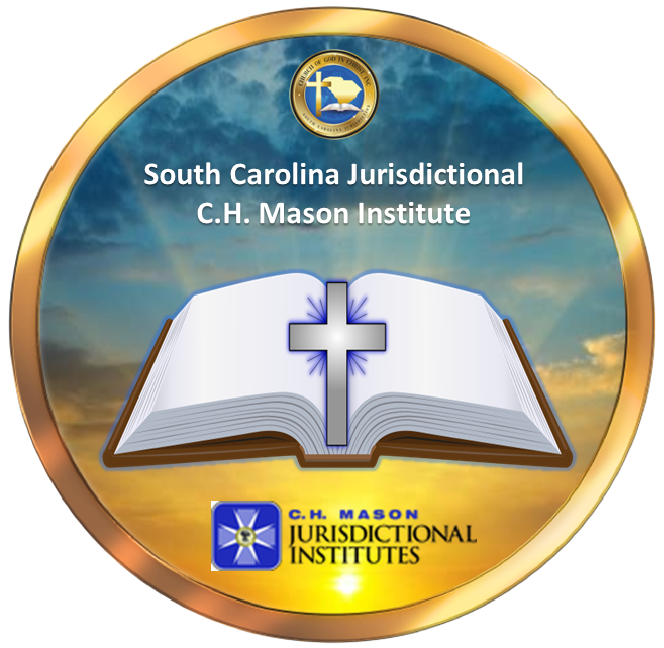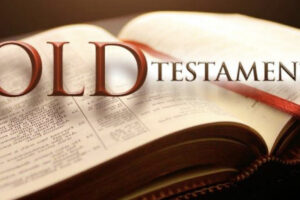This course is a basic overview to highlight the general practices of Ceremonies and Ordinances within the Church Of God In Christ (COGIC). The aim is to acquaint students with the practices of specific spiritual rituals within the COGIC denomination. It is also an attempt to share the responsibilities that many leaders will be engaged in as they minister to the people of God.
GENERAL OVERVIEW
This course will be provided a study of biblical interpretation of the Ceremonies and Ordinances within the denomination of COGIC. When one labors with Christians, it is imperative a leader be able to identify with and communicate the actions-purposes of various Ceremonies and Ordinances. Dikaioma represents ceremonial and religious regulation(Luke 1:6 and Hebrews 9:1, 10). Therefore, a leader must obtain the wisdom of spiritual insights in the life of a Christian.
COURSE OBJECTIVES
- Students will be briefed on general protocols within the Church of God in Christ.
- Students will uncover and learn biblical examples of various Ceremonies and Ordinances.
- Students will develop knowledge and experience on various types of COGIC Ceremonies and Ordinances and how to perform these spiritual rituals in practical application formats.
- Students will be motivated and guided to discover the importance of Ceremonies and Ordinances within the life of the universal church.
- Student will be acquainted with the responsibility, accountability, organizational and personal integrity needed as one of the leaders of the church.
COURSE TEXT(S) AND RESOURCES (MATERIALS)
1) Official Manual of the Church of God In Christ, Howard Clinebell 2011
2) Bible – King James Version only needed as textbook (optional-other versions may be used by student) Optional Resources
3) Dictionary
4) Optional-Concordance and other study helps as needed
COURSE POLICIES
The instructor will adhere to all C. H. Mason Jurisdiction Institute policies pertaining to attendance, make-up tests, auditing, etc. Students are expected to be familiar with these policies. Any absenteeism, late assignments, etc. must be cleared (in advance) with the instructor. Where attendance is expected you must be present for at least 90% of the class to be counted as present. You are allowed (2) two absences. It is extremely important for you to attend class, stay current with the material, and actively participate to benefit from this course. You will be responsible for and tested on both the text and lecture material. If miss a class, it is your responsibility to request and obtain information/material given (e.g., announcements, notes, schedule modifications, etc.) from a classmate. In addition, class sessions may not be photographed, audio, or video recorded by student(s). Technology may only be used for note taking and course related activities during class. Students violating this will be dismissed from class. If you require an exception/accommodation regarding use of technology, please discuss your situation with your instruction who will present to the Dean for approval.
COURSE PROCEDURE
This course will be taught using multiple instructional methods, primarily virtual conference lectures. Virtual conference lectures will be used to introduce important topics and highlight specific content within each chapter. Additional instructional methods will include lecture with PowerPoint, case study with group discussion, oral presentation with an associated critical discussion/real-time application, and video discussion. Typically, chapters will be introduced via lecture format and incorporate interpretive discussions. Following the lecture presentation, students will complete homework and engage in further study online using the primary literature to further illustrate the topic and expand learning.
Typical class outline:
- Announcements with students (Questions and Answers – Q&A)
- Chapter/Lesson Instruction
- Lecture/Video
- Student Participation – Discussion
- Lecture/Video
- Student/Participation – Discussion
- Announcements, Reminders, Student Q&A, and Student Assignment
Lectures will be presented by PowerPoint; student interactions may be focused in one-on-one or small group discussions. *Assignments will be delivered and completed online. Lectures are geared toward real-time application of personnel, organization, and supervision.
ASSIGNMENTS AND COURSE PREPARATION
Successfully students usually devote a minimum of (8) eight hours per week to study and prepare. Readiness to learn means that you are prepared to discuss the content, its practical relevance and real- time application. I have found that successful students:
• Read assigned material before class.
• Actively participate in class discussion, and other relevant thought-provoking questions.
• Review online content prior to completing assignments.
Use the schema below to interpret point’s calculation for assignments.





